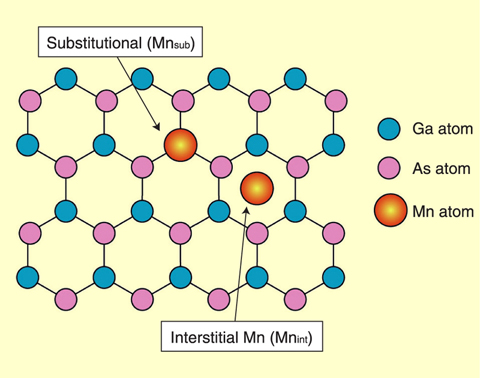
Fig.4-4 Schematic view of Ga1-xMnxAs (111) surface

Fig.4-5 Magnetic dependence of the spin moment (MS) of Ga1-xMnxAs at T = 20K
Electrons have two characteristics, "charge" and "spin"In semiconductor electronics, we use charge only. On the other hand, spintronics technology utilizes spin combined with semiconductor electronics technology. For practical use of spintronics, a material is needed which exhibits semiconducting and ferromagnetic properties and a Curie temperature (TC) exceeding room temperature (RT). Among dilute magnetic semiconductors (DMS's), Ga1-xMnxAs is a promising candidate, but TC above RT has not been achieved yet. This material's ferromagnetic property is caused by Mn ions (Mnsub) substituting for the Ga ions. Because Ga1-xMnxAs is grown under thermal non-equilibrium conditions, however, it is difficult to avoid the formation of the interstitial Mn ions (Mnint) as shown in Fig.4-4. It has been speculated that the existence of Mnint might suppress the TC. The relation between Mnint and TC has not been revealed yet.
In order to investigate the influence of the Mnint on TC, we prepared two samples which have different TC and amounts of Mnint (Sample A: TC ~ 60K, Mnint / all Mn ions ~ 26% and B sample: TC ~ 40K, Mnint ~ 33%) and performed soft x-ray magnetic circular dichroism (XMCD) experiments in the Mn L2,3 absorption edge region using synchrotron radiation. From the XMCD experiment, we could extract the value of spin moment (MS) of each Mn atom. The XMCD experiments were done at the JAEA beamline BL23SU of SPring-8.
Fig.4-5 shows the magnetic field (H) dependence of MS estimated from the XMCD experiment at T = 20K. In the sample A, both the spontaneous magnetization (MS H = 0 Tesla) and the slope of the H dependence of MS are larger than those in the sample B. Here, the slope corresponds to the magnetic susceptibility. This indicates that the antiferromagnetic (AF) interaction between the Mnsub and Mnint should exist. Therefore, the MS of the Mnint is antiparallel to that of Mnsub, In other words, the existence of Mnint prevents increase in TC. The present results indicate that the AF interaction between the Mnsub and Mnint plays an important role in the magnetic behavior of a typical Ga1-xMnxAs. In addition, the amount of the Mnint ions should have a strong relation to TC.
The findings should give a valuable insight into the performance improvement of the magnetic properties of many DMS's in addition to Ga1-xMnxAs.